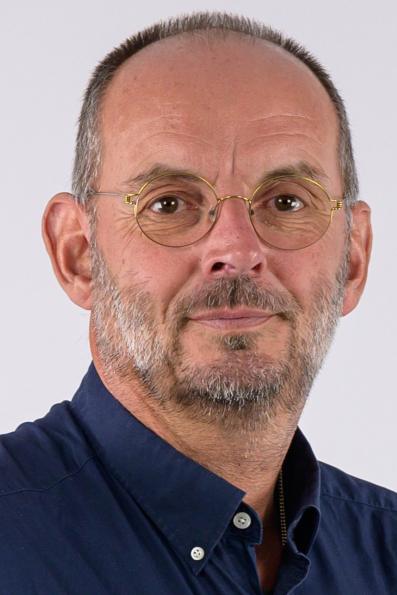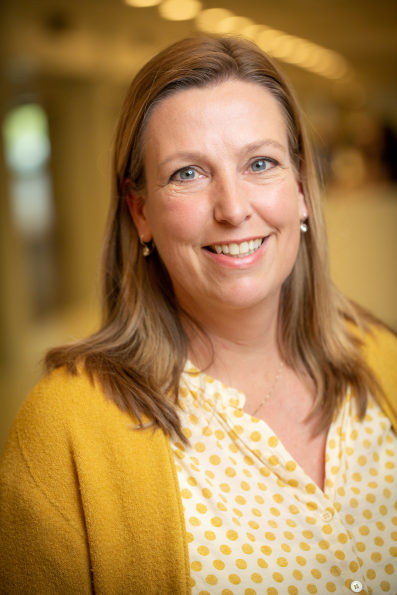What was the main goal of your project?
The main goal of my project was to increase VU Amsterdam’s digital exam capacity. This responds to the desire of both students and the organization to increasingly communicate, learn, work, and also take exams digitally, especially as students are writing by hand less frequently. This not only simplifies processes but also improves the quality of exam conditions during testing.
What concrete results have you achieved with your project?
Thanks to our project, VU’s digital exam capacity during exam weeks has increased from approximately 770 spots in 2022 to around 3000 spots following the completion of the second phase by the end of 2024. Simultaneously, at the relevant locations, both written and digital exams can be administered. This allows us to compensate for the discontinuation of DigiTenT during exam weeks. For the regular teaching weeks, we are still exploring how to further increase capacity, particularly to accommodate large groups (more than 400 participants). So, even after the Quality Plan has concluded, VU will continue to invest in digital exams.
What was the most memorable or special moment for you during the project?
The highlight was when the first pilot took place in the Emergo Hall during exam week P4, the fourth and final exam period of the academic year, in 2023. It was incredibly exciting to see if we, as an organization, could manage the leap from 770 to 1900 digital exam spots. Aside from a few minor, typical hiccups, it went better than expected. We certainly hope that our students will greatly benefit from this.
How has the project contributed to improving education at VU Amsterdam?
This project has significantly increased the opportunities and capacity for digital exams, allowing us to meet the demands of education. Students view digital exams as modern and expect institutions like VU to go along with it. As one student remarked, "written exams are no longer of this time."

